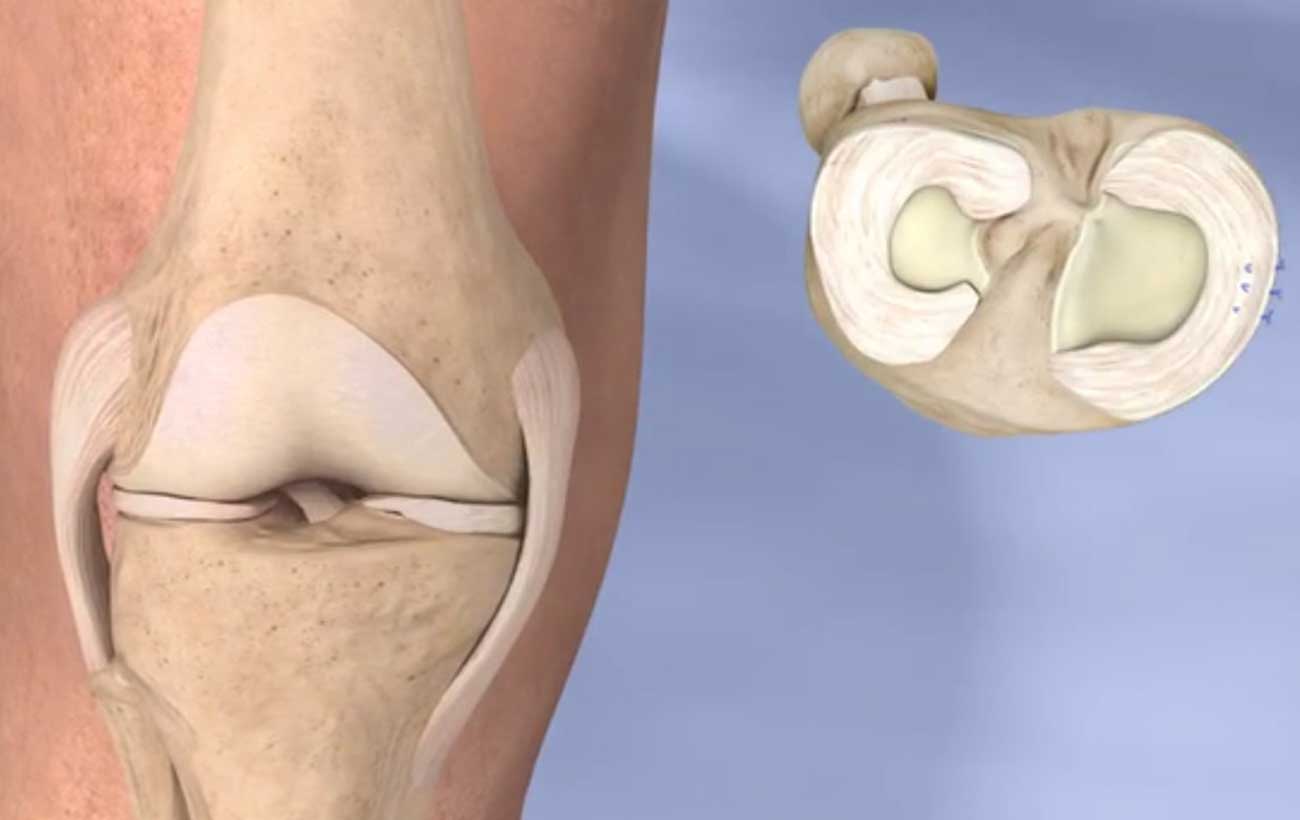innovative techniques Platelet-rich plasma therapy Times have changed since the days of bloodletting, when doctors…

Shoulder Dislocation
If you have dislocated your shoulder, your upper arm bone (humerus) has moved out of your shoulder joint. This is the most frequently dislocated major joint of your body. Dislocation is often caused by a significant force that separates your shoulder joint’s ball (the top rounded portion of your upper arm bone) from your joint’s socket (glenoid).
Risk Factors
Your shoulder can dislocate in several ways, including:
- Forward and downward dislocation (anterior dislocation). These are the most common types of dislocations. They often result from falling on your outstretched hand or on your shoulder itself.
- Backward dislocation (posterior dislocation). This type of dislocation may be caused by a direct blow to the front of your shoulder, or the violent twisting of your upper arm.
Your shoulder can be either partly or fully dislocated. Partial dislocation is when the head of your upper arm is partly out of your shoulder socket. Complete dislocation is when the head of your upper arm is completely out of your shoulder socket.
Treatments
Treatment will depend on your symptoms, age, and general health. It will also depend on how severe the condition is.
Treatment may include:
- Moving the head of your upper arm bone back into your shoulder joint (reduction), often with an anesthetic
- Immobilizing your shoulder with a sling after reduction
- Rehabilitation
- Surgery, if nonsurgical methods don’t restore stability



